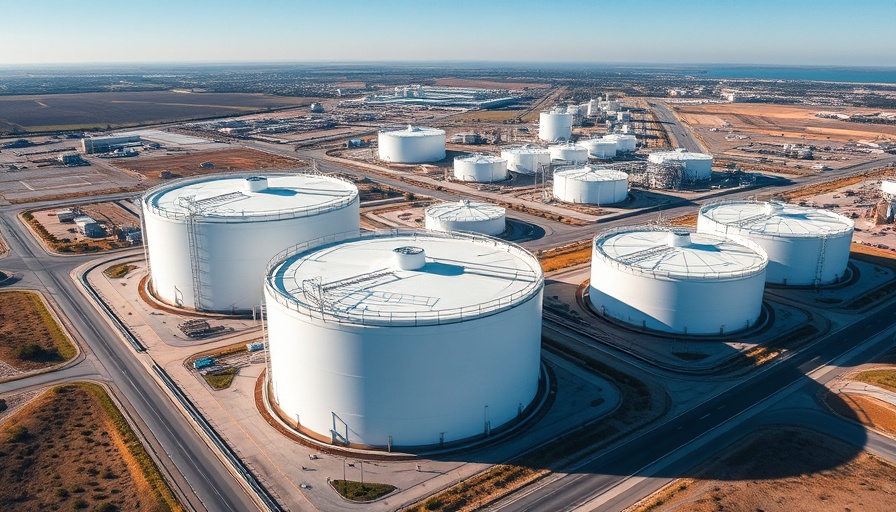
US Strategic Petroleum Reserve: Replenishment Plans and Economic Implications
The U.S. government is facing substantial challenges as it embarks on the replenishment of its Strategic Petroleum Reserve (SPR) after extensive draws in recent years for market stabilization. With estimates indicating that refilling the SPR will cost around $20 billion and take several years, the implications for energy security and economic strategy are significant.
Understanding the Strategic Petroleum Reserve
Originally established in 1975 in response to the Arab oil embargo, the SPR serves as the world’s largest emergency oil reserve. It was created to safeguard the U.S. economy against supply disruptions, offering a buffer during geopolitical tensions or natural disasters. The reserve currently holds approximately 382.6 million barrels of crude oil, significantly less than its peak of nearly 727 million barrels in 2009, due to drawn-downs made in response to global events.
The Recent Draws: A Response to Crisis
In 2022, the U.S. administration sold a record 180 million barrels from the SPR as a response to soaring gasoline prices caused by Russia's invasion of Ukraine. This unprecedented sale was intended to stabilize prices and alleviate financial pressure on American consumers and businesses. However, it has left the SPR at its lowest level in decades, raising concerns among lawmakers and energy experts about the country’s preparedness for future emergencies.
The Replenishment Plan: Steps Forward
In recent news, the Biden administration has initiated a plan to gradually refill the SPR. This includes purchasing oil at an average cost of $76 per barrel, leveraging revenue generated from previous sales. Estimates suggest that the total cost to completely refill the reserve may reach $20 billion, a daunting figure that underscores the financial implications tied to energy management strategies.
The Economic Significance of the Reserve
As the SPR plays a crucial role in U.S. energy stability, the economic implications of its replenishment cannot be overstated. Energy Department Secretary Jennifer Granholm emphasized the SPR’s importance, stating, "This milestone cements our commitment to energy security for the American people." By refilling the reserve at a more favorable average price than what was sold, the government aims to provide a more sustainable infrastructure for long-term energy resilience.
Public and Political Reactions
The reactions to the SPR's status and the replenishment efforts have varied across the political landscape. Critics argue that the drawdowns have compromised national security and that a more proactive approach is necessary to ensure adequate reserves. Supporters point to the need for flexibility in managing economic crises, advocating for strategies that balance market demands with national security needs.
Future Predictions and Trends in Oil Reserves
Looking ahead, analysts indicate that global oil market dynamics will continue to shift, influenced by factors such as geopolitical tensions, climate policies, and energy innovations. As the U.S. seeks to rebuild its oil reserves, understanding these trends will be vital for policymakers and industry leaders alike to ensure that American energy security remains robust in the face of evolving challenges.
Conclusion: What Lies Ahead?
The efforts to replenish the Strategic Petroleum Reserve are not just about replenishing oil; they represent a larger strategy for maintaining economic and energy resilience. As the U.S. navigates these waters, it will be crucial for citizens to remain informed about energy policy changes and their implications for the economy and daily life. By understanding the importance of the SPR and the refill process, individuals can better appreciate the complexities of national energy strategies.
Stay informed about breaking news by following reliable news sources to ensure you don't miss vital updates on energy security and economic stability in the future.
 Add Element
Add Element  Add Row
Add Row 



 Add Row
Add Row  Add
Add 


Write A Comment